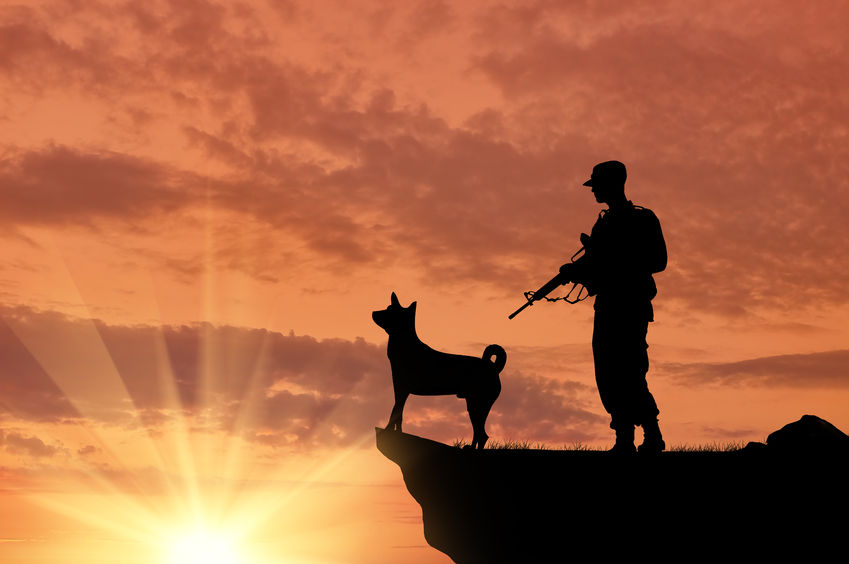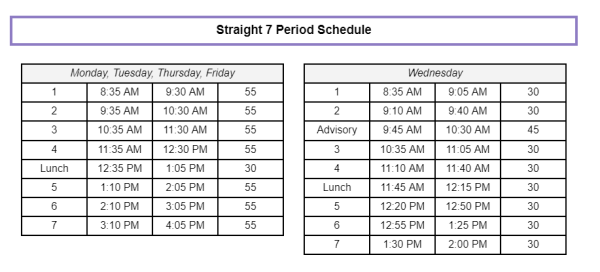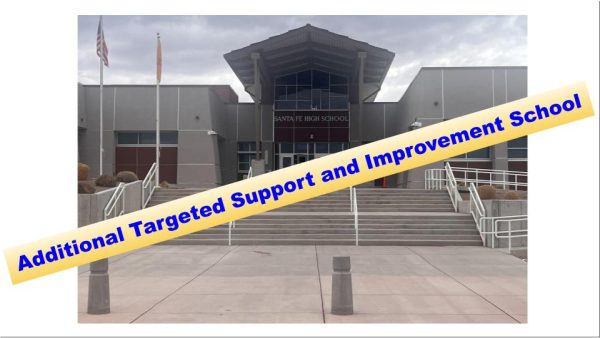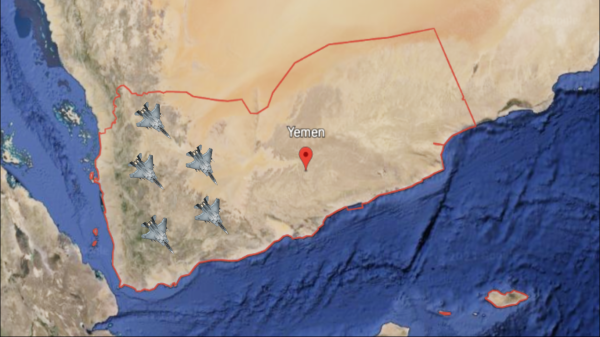Dogs in Warfare
April 10, 2017
Dogs have been used in war since the beginning of organized warfare, all over the world. Dogs have served major roles, from detecting bombs, weapons and drugs to tracking and even attacking the enemy. In 1942, the U.S. Army formally initiated the War Dog Program, also known as the K9 Corps.
According to the U.S. War Dog Association, there are approximately 700 military service dogs fighting with and protecting American troops in Afghanistan. However, their roles have changed drastically from their ancestors — they tend not to be put on the front lines.
Traditionally, the military and police used German Shepherds, but the U.S. military has recently shifted to using smaller dogs with keener senses of smell that make them better for detection work — the Dutch Shepherd and the Belgian Malinois.
The Dutch Shepard was originally used by farmers and shepherds who needed a versatile dog that could easily adapt to harsh conditions and environments. The Belgian Malinois is a medium/large breed that actually classifies as a Belgian Shepherd. These dogs specialize in detection of odors such as explosives, accelerants (substances used to aid the spread of fire) and narcotics; tracking; and search and rescue missions.
The U.S. Navy SEAL Team Six used a Belgian Malinois named Cairo in Operation Neptune Spear, when the SEALS stormed Osama bin Laden’s compound in Pakistan on May 2, 2011. The SEALS brought the dog along to detect bombs, find concealed enemies and even detect hidden passageways in the Al-Qaeda safe house.
Cairo dropped into the compound with the SEALS and helped his teammates secure a perimeter around the compound. After the operation, Cairo got to stand next to the SEALS when President Obama honored them. Cairo is one of many dogs that have served with soldiers in combat.
But just like their human handlers, dogs are also susceptible to Post Traumatic Stress Disorder. War dogs can experience severe emotional trauma while deployed, and for some it can become a little too much. Dogs that become skittish and unpredictable during deployment are released from service.
When these dogs are released, they are considered “military surplus equipment.” In the past, they were often considered unfit for civilian life and were put down. In response to this situation, President Clinton passed “Robby’s Law” in 2000, which allowed handlers and the families of handlers to adopt the dogs after their service. If the families do not accept the dogs, they are then offered to law enforcement agencies and to adoptive families.
Many organizations, such as Operation We Are Here, work to find suitable homes for these dogs to ensure they get the honorable discharge they deserve.
Most dogs that “retire” after their average eight-year service career are adopted by their handlers. They are honored on March 13 every year, which is National K-9 Veterans Day.













Erik • Apr 12, 2017 at 11:14 am
10/10 article would definitely read again.